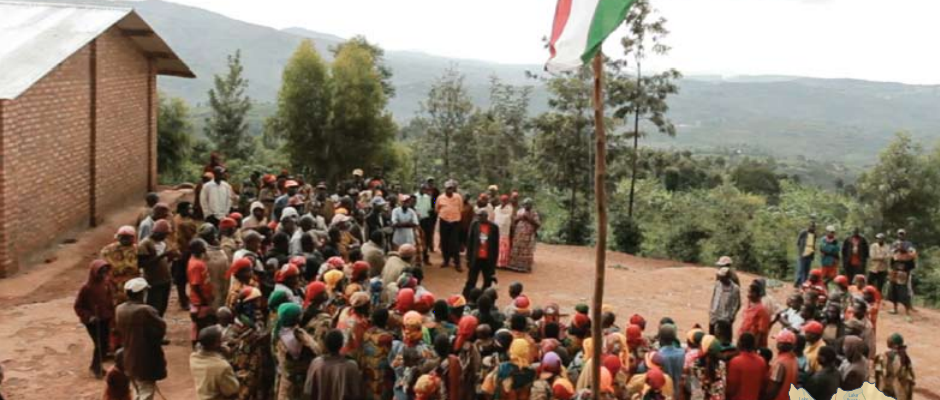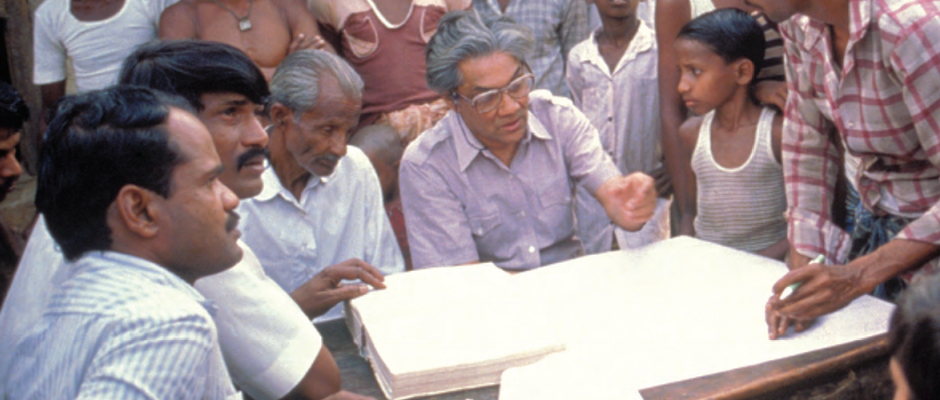
Kenya adopted a new constitution and began the process of devolution in 2010, ceding many formerly national responsibilities to new county governments. As an institutional response to longstanding grievances, this radical restructuring of the Kenyan state had three continuing main objectives:
- Decentralizing political power, public sector functions, and public finances
- Ensuring a more equitable distribution of resources among regions
- Promoting more accountable, participatory, and responsive government at all levels
The first elections under the new constitution were held in 2013 and led to the establishment of 47 new county governments. Each county government is made up of a county executive, headed by an elected governor, and an elected County Assembly that legislates and provides oversight.
Making Devolution Work for Service Delivery in Kenya (MDWSD) takes stock of how devolution has affected the delivery of basic services to Kenyan citizens nine years after the “devolution train” left the station. Whereas devolution was driven by political reform, the ensuing institutions and systems were expected to deliver greater socioeconomic equity through devolved service delivery. Jointly coordinated by the Government of Kenya and the World Bank, the MDWSD study is the first major assessment of Kenya’s devolution reform.
The study provides key messages about what is working, what is not working, and what could work better to enhance service delivery based on currently available data. It provides an independent assessment of service delivery performance in five sectors: agriculture, education, health, urban services, and water services. This assessment includes an in-depth review of the main pillars of devolved service delivery: accountability, human resource management, intergovernmental finance, politics, and public financial management. In addition to its findings for the present, the MDWSD study provides recommendations on how Kenya can improve its performance in each of these pivotal areas in the future.
Overall, this study concludes that the contribution of devolution to service delivery is mixed, but there are promising signs. The glass is half full because devolution enabled the establishment of institutions and systems to support the delivery of devolved services and provided for a platform that is expected to enhance equity in Kenya. However, the glass is still half empty because of ambiguities in financing and service provision. The national government is still heavily involved in the delivery of many devolved services, governance, and coordination—challenges that impede frontline service delivery. As for the level and quality of devolved services that have been achieved, the picture is mixed since some sectors show positive trends in a few indicators but others do not.
Access the full book on the World Bank website: Muwonge, Abdu; Williamson, Timothy Stephen; Owuor, Christine; Kinuthia, Muratha. 2022. Making Devolution Work for Service Delivery in Kenya. International Development in Focus;. Washington, DC: World Bank. https://openknowledge.worldbank.org/handle/10986/37017
Photo credit: Nairobi, Kenya. Used under Creative Commons license (CC BY 2.0).



